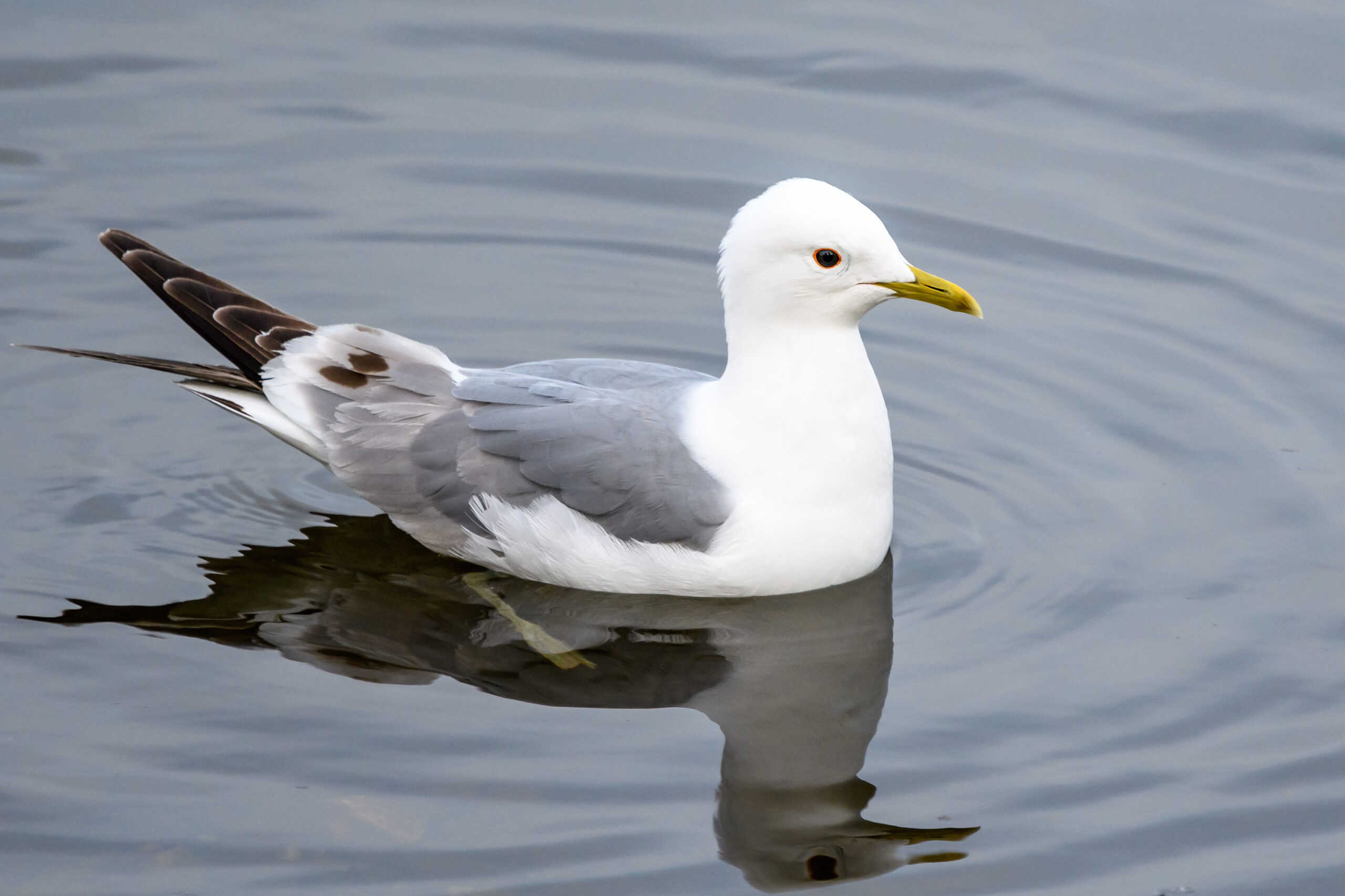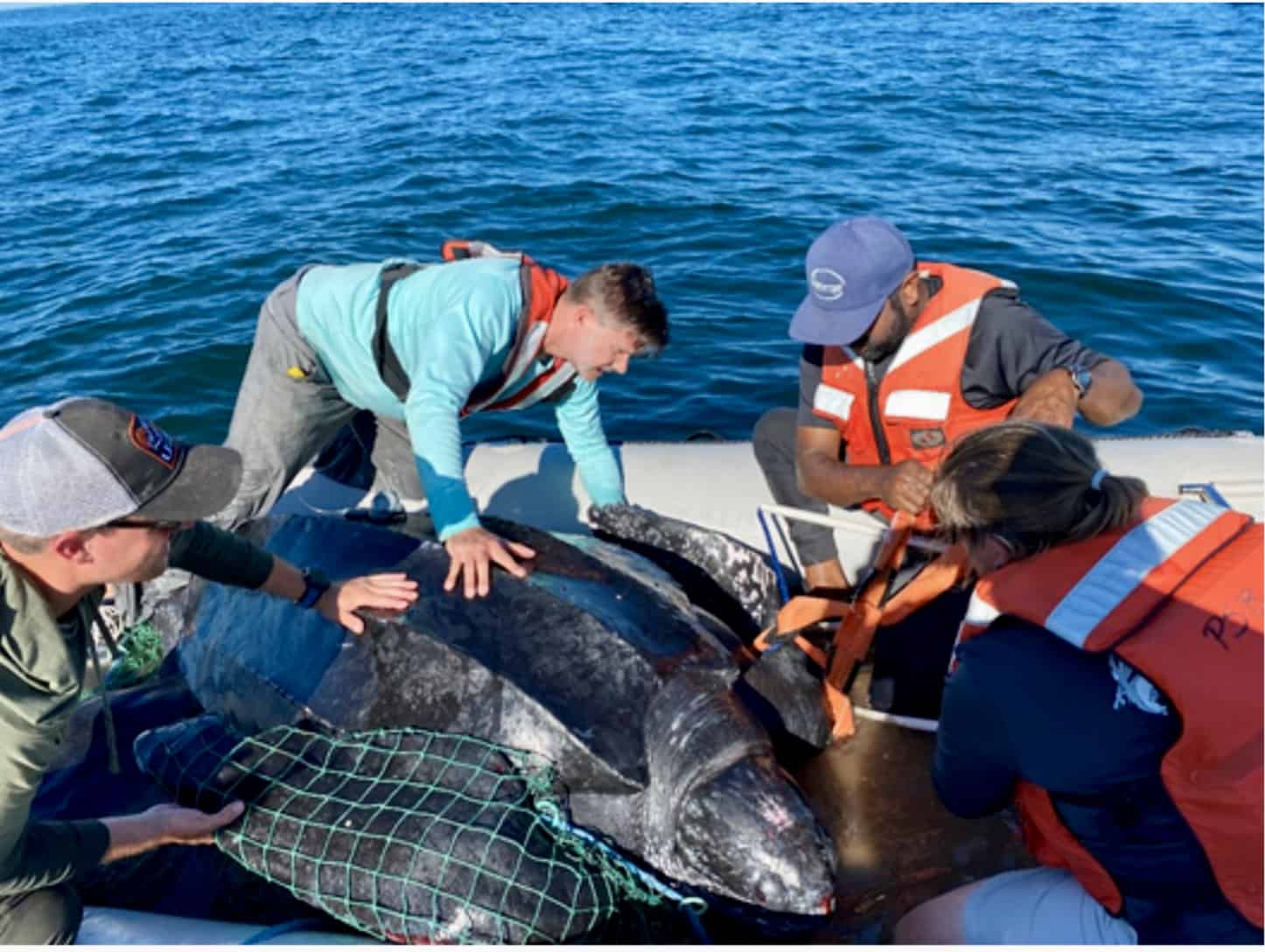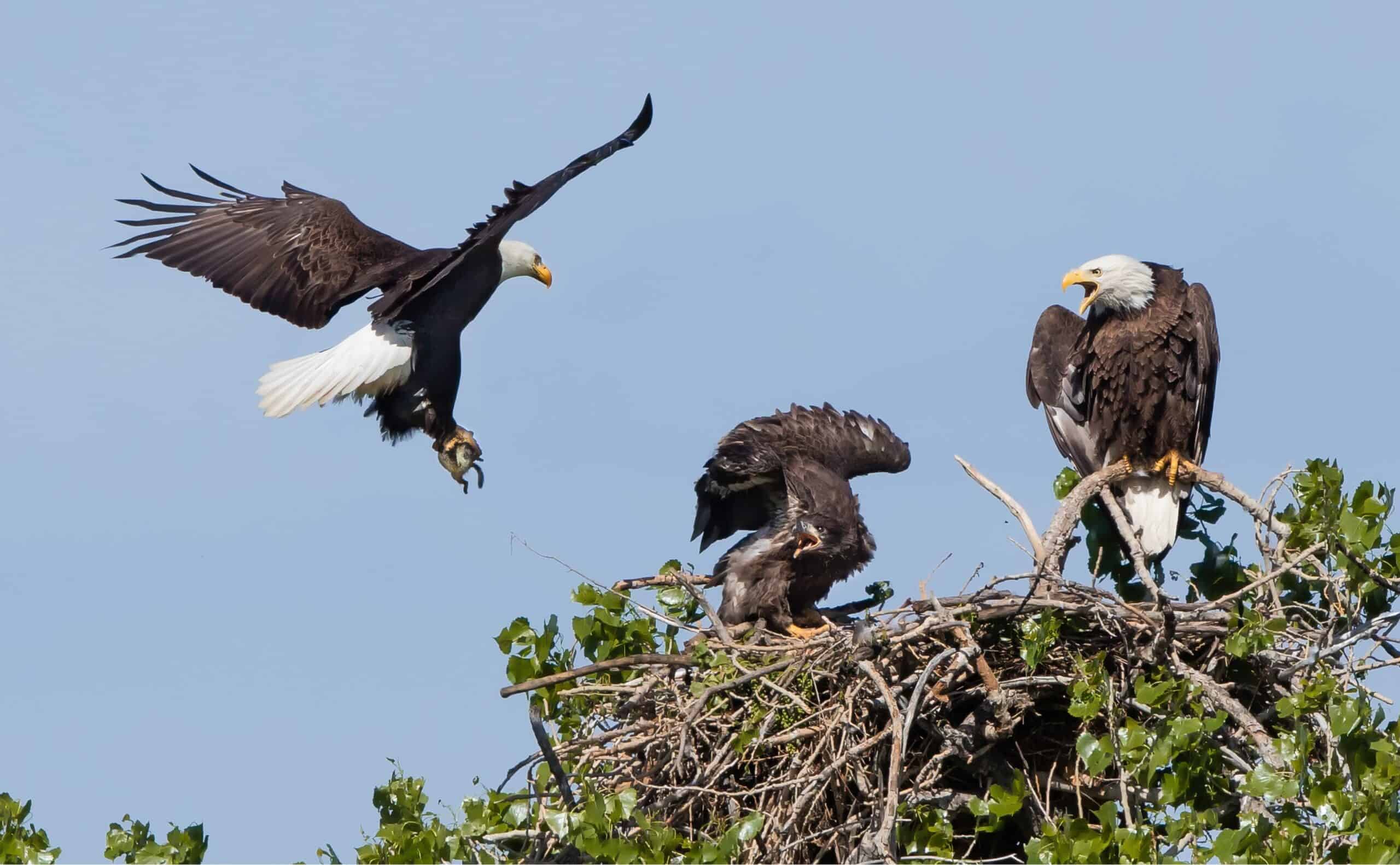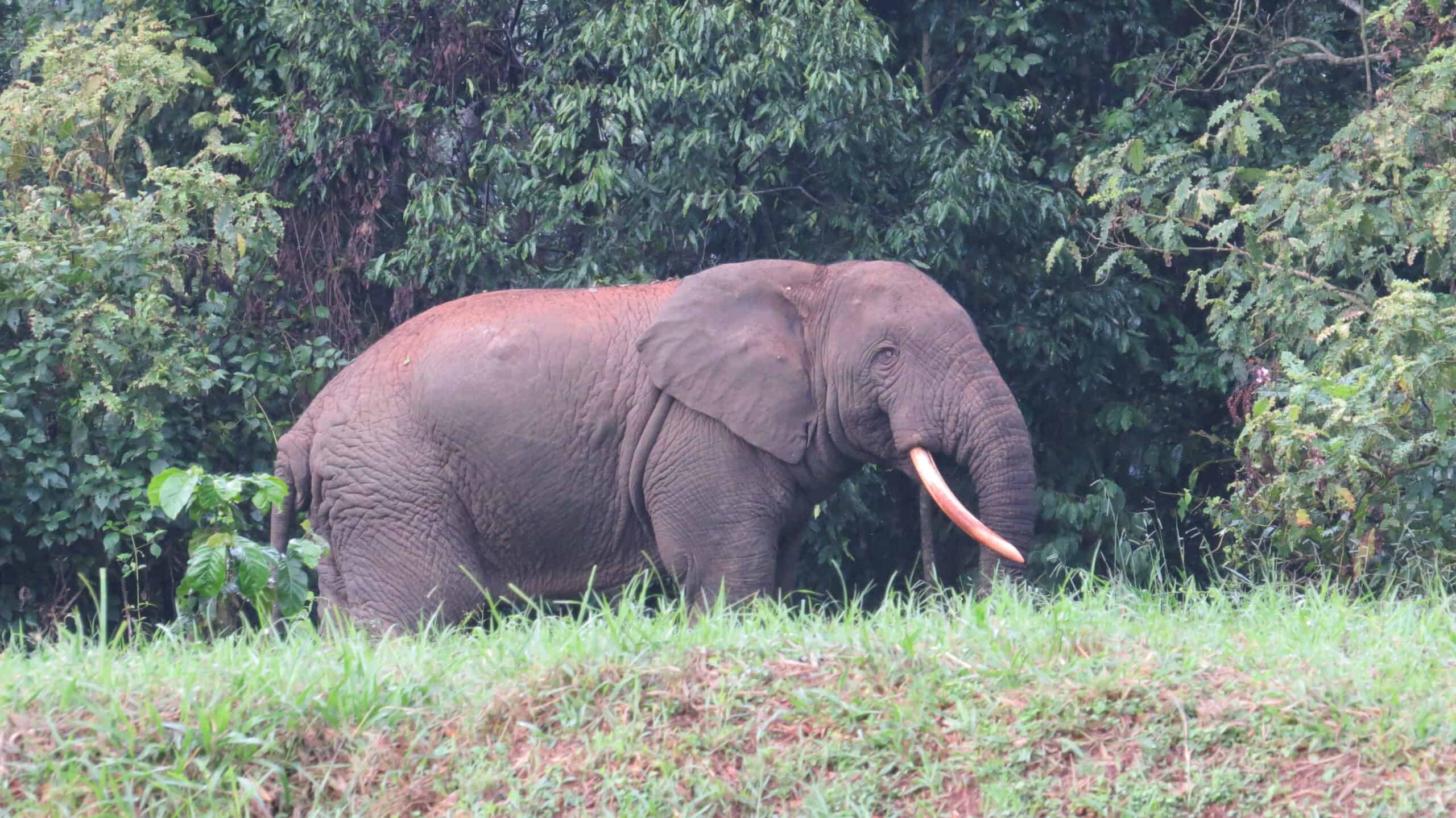Share this article
Wildlife Featured in this article
- Raven
- Short-billed gull
Arctic gulls choose fast food over organic meals
Researchers turned to machine learning to find out where short-billed gulls were showing up in Fairbanks, Alaska
When Falk Huettmann was conducting a study on urban ravens in Fairbanks, Alaska, he and his colleagues uncovered some findings about a totally different species—short-billed gulls.
When most ravens (Corvus corax) disappeared from the supermarket parking lots and other urban niches they occupied at the end of winter, the gulls simply took their place and stayed through summer. “The gulls are suddenly found where we find ravens for three months,” said Huettmann, a professor at the University of Alaska Fairbanks. The gulls were spending time on gravel pits and strip malls close to rivers until August.
Huettmann led a study published in Ecological Informatics using machine learning to find out more about short-billed gulls’ (Larus canus) urban habitat preferences in Fairbanks.
Gulls in general have become increasingly urbanized over at least the past 30 years as the landscapes they once used have been lost. Short-billed gulls historically lived in boreal forests, but they have been moving to urban areas.
To conduct the study, Huettmann and his colleagues surveyed 80 plots in Fairbanks for short-billed gulls, and citizen scientists shared data where they were finding gulls.
For the following two years, Huettmann and his team revisited 50 of the plots. Then, they modeled where the gulls showed up and added environmental data to the model to help make sense of the patterns. Using public GIS data, they were able to look at different layers of habitat availability and add a layer of human resources, like restaurants, that the gulls might take advantage of. Further, they included U.S. census data to see if socioeconomic metrics influenced gull presence.
“These big data get data mined with machine learning for patterns,” Huettmann said.
The model suggested that gulls tended to occupy areas that were close to rivers, as well as supermarkets and waste dumps.
Huettmann and his colleagues then did ground-truthing to see if the model was accurate. They went to specific hot spots where gulls were predicted to be abundant, like the parking lots of supermarkets and fast food restaurants, and found lots of gulls.
Their abundance at these sites can cause problems for both the birds and people. Consuming waste at restaurants isn’t natural or healthy for the gulls, and their proximity to humans raises the risk of spreading zoonotic diseases.
Header Image: Short-billed gulls are occupying urbanized areas in Fairbanks, Alaska. Credit: Becky Matsubara








